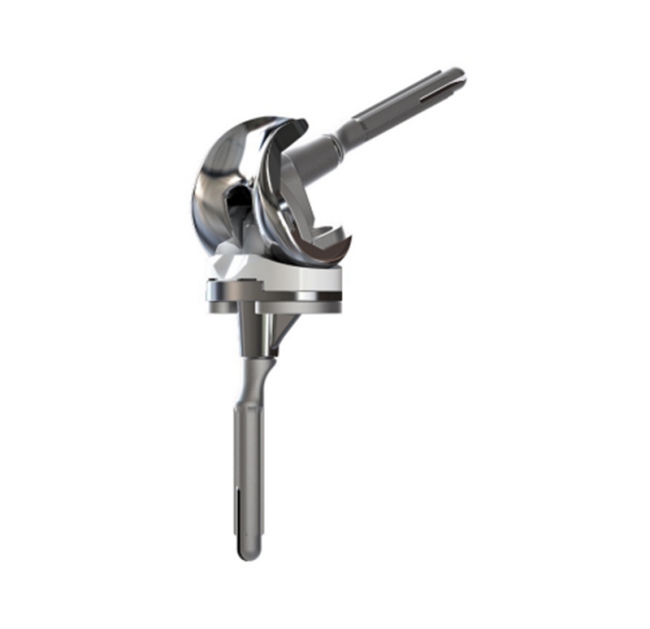CR Prosthesis During Total Knee Replacement
 Jan. 11, 2020
Jan. 11, 2020
A joint prosthesis manufacturer shares with you.
The posterior cruciate ligament-reserving (CR) knee joint prosthesis is increasingly recognized by international clinical experts for its good functional recovery and excellent proprioception. 2018 National Joint Replacement Registration System (NJR) data show that cemented cruciate ligament-retaining primary knee prostheses account for 57% of all knee replacements. The American Joint Replacement Registration Center (AJRR) shows that since 2012 The number of CR knee replacements increased year by year, reaching 40.4% in 2017.

During normal knee movement, the posterior cruciate ligament (PCL) bears a large amount of load and therefore plays an important functional role. When the knee flexes, the posterior cruciate ligament moves the femur backward or "rolls back" relative to the tibia. In the high flexion state, the anterolateral bundle of PCL is considered to limit the medial and lateral displacement of the tibia, while the posterior medial bundle limits the anteroposterior translation of the tibia.
Different from the posterior cruciate ligament replacement (PS) knee joint prosthesis, the cam post mechanism is used to roll back the knee joint. The posterior cruciate ligament (PCL) retention type is combined with effective PCL balance and suitable tibial plate pad selection to ensure the femur. On the basis of rolling back, you can increase the range of motion (ROM), reduce the shear force between the implant and the bone, and maintain the proprioception. Therefore, according to the judgment of the degenerative state of the ligament, the type of implant and other comprehensive factors, a suitable CR or PS total knee prosthesis can be selected.
SKII provides PS-type and CR-type total knee joint systems to achieve the integration of multiple mechanisms to meet the different needs of doctors and patients.













